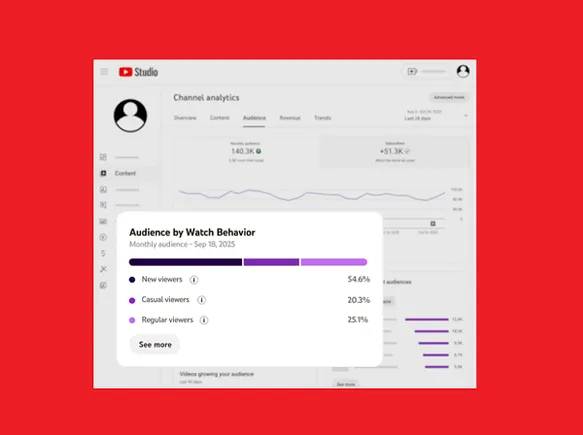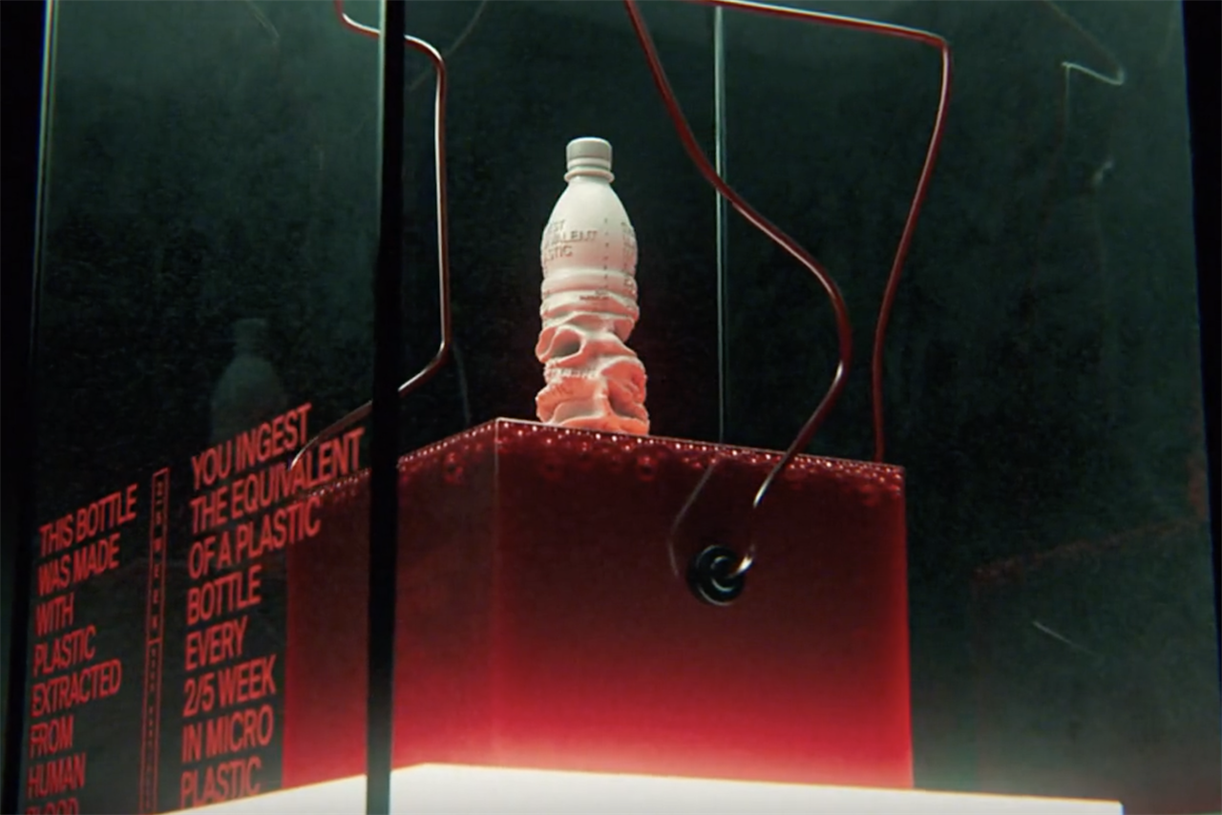Why This Derm Swears By Postbiotics — Not Probiotics
In this episode of Clean Beauty School we talk about a multi-level approach to skin care, the latest on the skin microbiome research, and so much more.

“The skin barrier is a living, thriving ecosystem. It’s so much more dynamic and complicated than what we originally thought,” says board-certified dermatologist Whitney Bowe, M.D., mindbodygreen collective member and founder of Dr. Whitney Bowe Beauty. “We need to find ways to keep it balanced, rich, and thriving. And in terms of repairing the skin barrier, it really needs to start with the microbiome.” In this episode of Clean Beauty School we talk about a multi-level approach to skin care, the latest on the skin microbiome research, and so much more.
One of my favorite parts of the episode is where we discuss the changing world of biotic skin care. More specifically, we discuss why pre and postbiotics are important for skin microbiome, but why you should be skeptical about probiotics.
Why this derm approves of postbiotics, not prebiotics
Pre-, pro-, and postbiotics are all buzzy skin care ingredients of late. It’s understandable that people may get them confused. Not only do they sound similar, they all more-or-less have the same intended function: help your skin barrier thrive. However, we’ve come to find out that not all classes of biotic ingredients perform at the same efficacy level.
“Probiotic was something that everyone could hang their hat on. We knew it was good for the gut, and then it was in skin care. People understood that probiotics were good, but didn’t 100% understand how they worked in formulations,” explains Bowe about the probiotic skin care craze of several years ago.
But she goes on to share that it turns out, those probiotics weren’t exactly achieving what formulators thought they were. “When you create a skin care product that has water in it—called an emulsion, like serum or cream—it has to have some kind of preservative system to prevent the product from becoming contaminated with harmful germs and microbes,” she says.
Recently we discussed the complicated nature of preservatives in beauty products, and Bowe explains in this episode that “they’re a necessary evil” to keep products shelf-stable and pathogen free. “The presevervies we have at the moment are effective at preventing contamination, but they’re not able to discriminate between the good and bad bugs," she says. "So if you put a living probiotic into the product, that preservative system is going to kill off the probiotic too.”
Understandably, “this was a tremendous disappointment for the consumer,” she says. But that doesn’t mean all biotic ingredients are worthless. In fact, pre- and postbiotics (or non-living elements of the microbiome) can be extremely beneficial for the skin.
For example, postbiotics are non-living beneficial outputs from probiotics that can “interact with the epidermal cells and your skin barrier in a very positive way.” She explains that there are several types of postbiotics, including short chain fatty acids, antimicrobial peptides, and so on. Prebiotics are like fertilizer, which can help “nourish the good bugs.”
As the skin microbiome is still a relatively young area of research, there’s still much to be learned about how to best take care of it with skin care. And food the latest intel tune into the episode to learn more.

 ValVades
ValVades 































